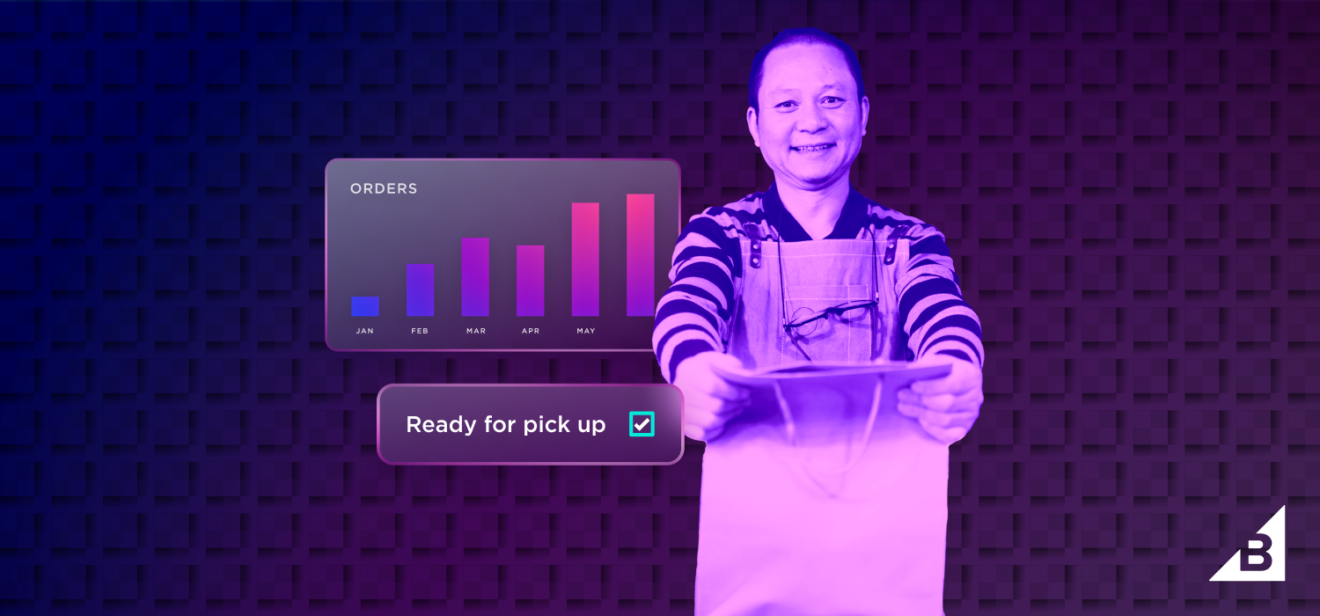This post is sponsored by BigCommerce.
Consumer shopping behaviors have shifted over the last few years and cross-channel features such as buy online, pick up in-store help retailers provide frictionless shopping experiences and meet customers where they are. BOPIS is on a growth path, with eMarketer predicting it will be valued at more than $131 billion in the US in just three years time.
Meanwhile, shoppers are facing inflationary pressures and have less brand loyalty than ever, so how can retailers best meet these changing expectations? The answer lies in creating the kind of journey today’s shoppers seek – a seamless, consistent experience spanning their online and in-store habits.
With shoppers wanting more services, loyalty building is paramount. More than a quarter of US shoppers stopped buying from a particular brand in 2022 and the biggest reason for losing their loyalty is a bad experience, according to PwC’s Consumer Loyalty Survey 2022. The same survey found 51% of consumers would be less loyal if digital experiences aren’t as enjoyable or easy as the ones they have in stores.
“The most important thing retailers can do to drive loyalty with omnichannel strategies is going the extra mile to get to know their customers — when and where they shop, their buying habits, and developing a strategy that meets their customers where they are,” says Airon White, Senior Manager, Product Marketing, BigCommerce.
Retailers should be aware of these trends to blend online and in-store shopping experiences for today’s shoppers:
Appeal to budget-conscious shoppers
More than half of consumers shop online each week, per research from BigCommerce and Google, and free shipping is their preferred discount. Additionally, more than half of consumers say good value is their top reason for regularly buying from or using a business, per PwC’s research.
Offering consumers features like free shipping and hassle-free returns not only makes their online purchasing experience as easy as their in-person one but also appeals to cost-conscious shoppers coping with inflationary pressures.
Another feature to consider offering is buy now, pay later, which is rising in popularity. BigCommerce’s study found 81% of US shoppers are likely to complete a purchase when this option is available.
Personalization
A personalized customer experience is critical to ensuring customers can easily navigate and complete their journey across any channel, and moreover, 72% of consumers will be more loyal when offered personalized experiences with extra rewards and benefits, per BigCommerce and Google’s report.
“With the lines between online and in-store experiences blurring, customers not only shop with their minds and wallets, but also shop with their hearts. They want to be able to relate to a brand — and feel that same connection right back,” says White.
Personalized ads drive 67% to make a purchase or plan to make one. As well as using data to serve online personalized ads, retailers can use data and GPS to drive targeted mobile ads to shoppers when they’re out and about to encourage them to visit stores.
The top personalized feature wanted by consumers is discounts on products they regularly buy, followed by flexible rewards in loyalty programs and fast access to services or products, according to PwC’s survey.
“Retailers can start by looking at the similarities and differences between these experiences and ensure they have a cohesive strategy,” White says. When considering the online experience, White advises retailers to consider implementing smart search that recommends products based on prior searches, as well as “product recommendations” or “frequently bought together” options. “[I] there is a reward tied in, this helps boost average order value and lifetime value of the customer.”
Technology
Augmented and virtual reality provide ways for retailers to bridge the gap between online and in-person shopping, allowing consumers to virtually experience or try products from anywhere.
Ninety percent of Americans have tried AR when shopping, 98% found it helpful and 47% think retailers who provide AR experiences are more innovative, per BigCommerce and Google.
Many retailers are also experimenting in the metaverse, offering consumers the chance to interact in virtual stores, unlock rewards or discounts and buy products. And 51% of shoppers would be interested in buying both virtual and physical products in the metaverse, per BigCommerce and Google.
Technology evolves quickly but the truth is, there is no one technology that can help retailers meet every customer need. “So while it is a great idea for retailers to keep an eye on the evolution of technology to leverage in the business, investing in a data strategy is ultimately the most important technology a retailer can use,” White says, adding, “There is so much power in data, and it is created at every single touch point on the customer’s journey.” Retailers who bring together disparate data sources can identify their selling strengths and weaknesses, hone marketing strategies, run a tight inventory with less waste and lower overhead costs, White explains.
“When retailers couple their gut instincts with data-driven decisions, selling online and in-store not only meets their customers expectations, it begins to exceed them,” White concludes.
Find out how the BigCommerce ecommerce platform can help you minimize complexity and maximize innovation.
